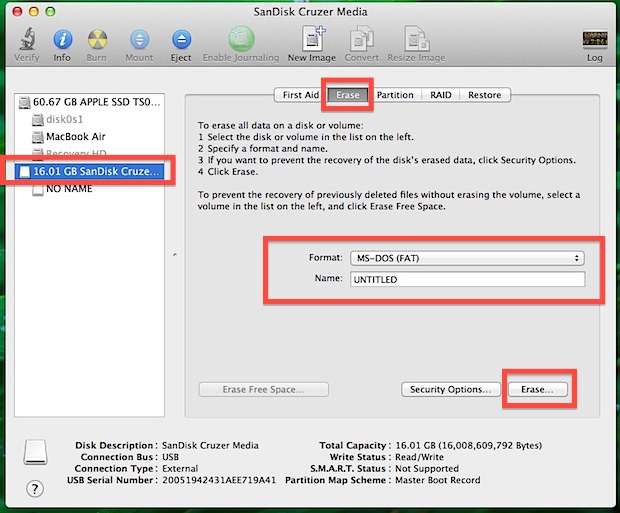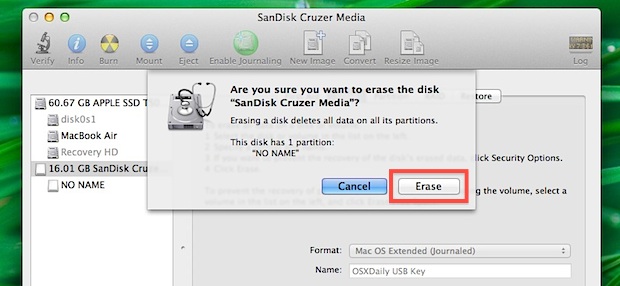Execute these commands from the terminal
rm -Rf /Applications/Android\ Studio.app
rm -Rf ~/Library/Preferences/AndroidStudio*
rm -Rf ~/Library/Preferences/com.google.android.*
rm -Rf ~/Library/Preferences/com.android.*
rm -Rf ~/Library/Application\ Support/AndroidStudio*
rm -Rf ~/Library/Logs/AndroidStudio*
rm -Rf ~/Library/Caches/AndroidStudio*
rm -Rf ~/.AndroidStudio*
if you would like to delete all projects:
rm -Rf ~/AndroidStudioProjects
to remove gradle related files (caches & wrapper)
rm -Rf ~/.gradle
use the below command to delete all Android Virtual Devices(AVDs) and *.keystore. note: this folder is used by others Android IDE as well, so if you still using other IDE you may not want to delete this folder)
rm -Rf ~/.android
to delete Android SDK tools
rm -Rf ~/Library/Android*










